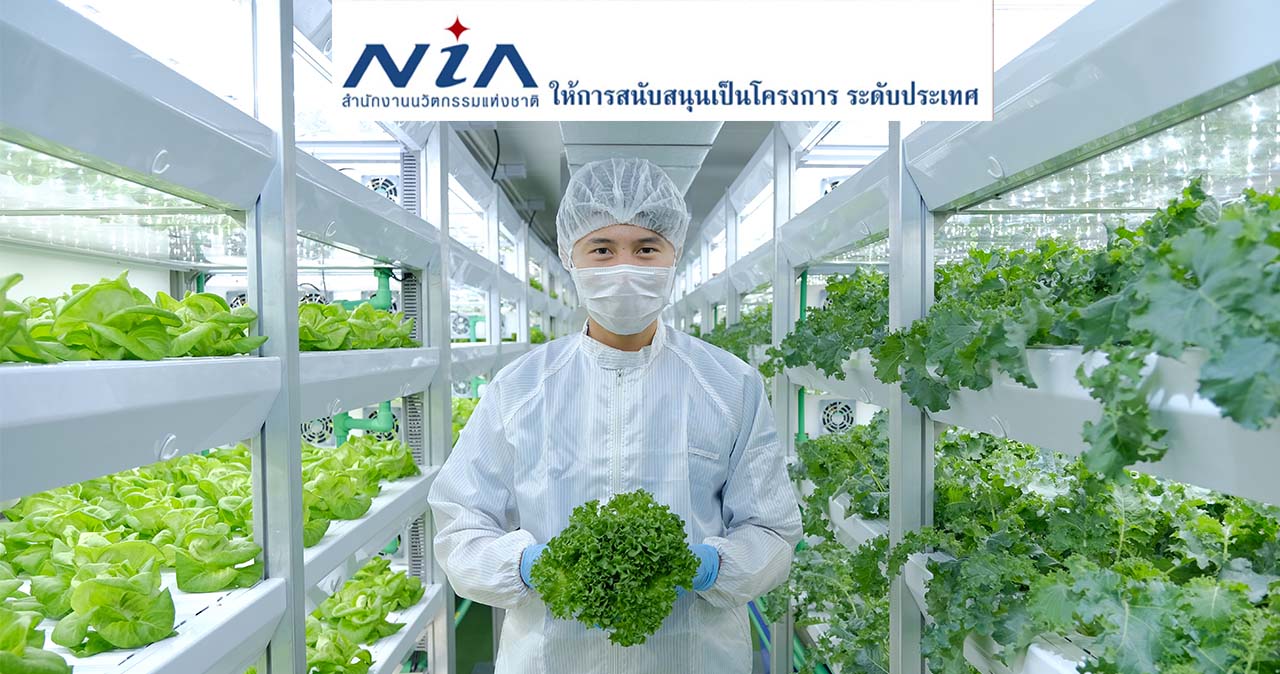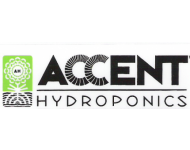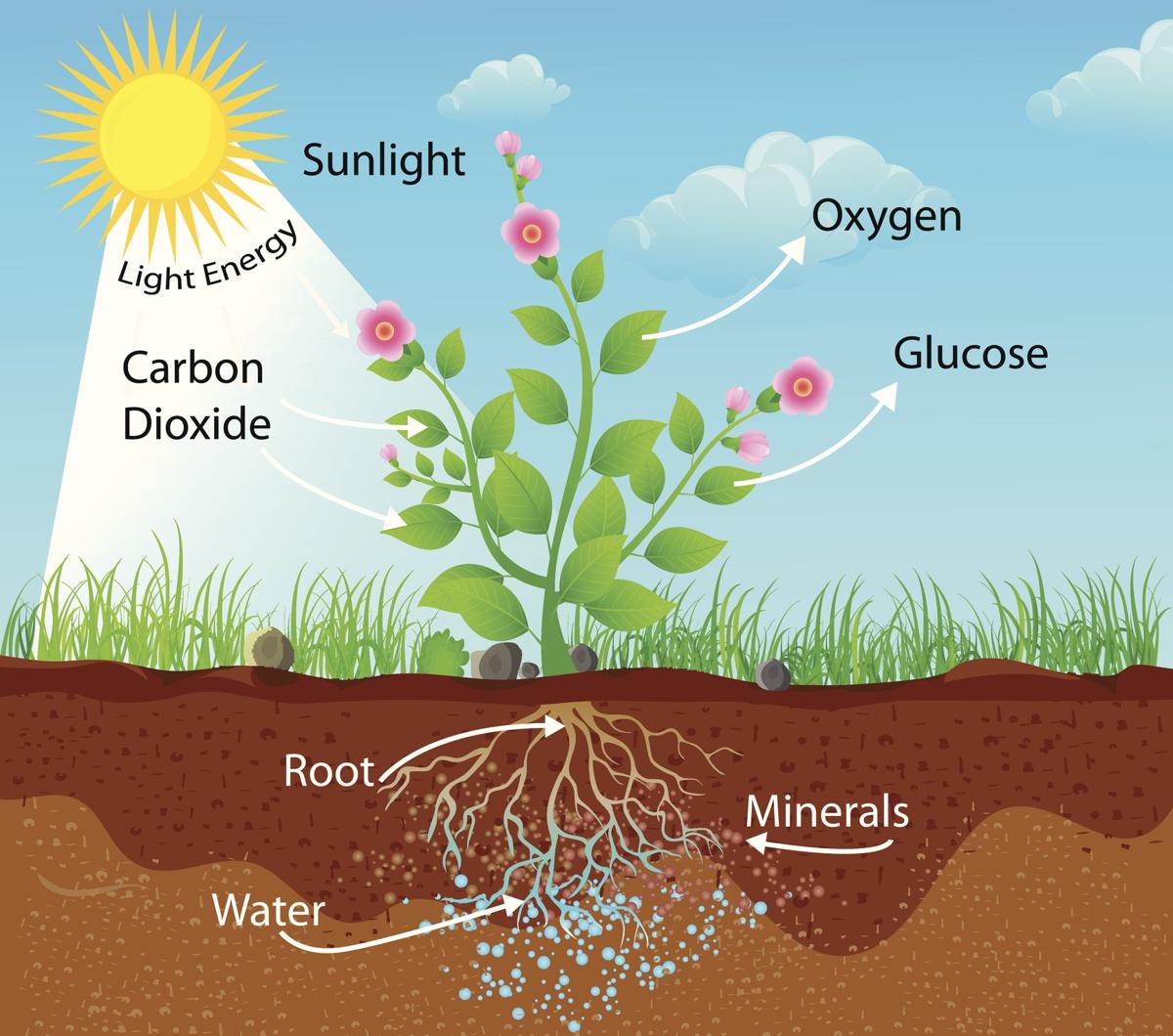ความรู้ไฮโดรโพนิคส์ Hydroponics Basics Knowledge
ความหมายของคำว่า "การปลูกพืชโดยไม่ใช้ดิน" จากคำว่า "ไฮโดรโปนิกส์" หรือ Hydroponics เป็นการปลูกพืชที่ไม่ใช้วัสดุปลูก (nonsubstrate หรือ water cuture) กล่าวคือ จะทำการปลูกพืชลงบนสารละลายธาตุอาหารพืช โดยให้รากพืชสัมผัสกับสารอาหารโดยตรง (Water culture) นั่นเอง เนื่องจาก คำว่า Hydroponics มาจากการรวมคำในภาษากรีกสองคำ คือ คำว่า "Hydro" หมายถึง "น้ำ" และ "Ponos" หมายถึง "งาน" ซึ่งเมื่อรวมคำสองคำเข้าด้วยกัน ความหมายก็คือ "Water-working" หรือหมายถึง "การทำงานของน้ำที่มีสารละลายธาตุอาหารผ่านรากพืช ผู้ที่จะทำการปลูกตามลักษณะ "การปลูกพืชโดยไม่ใช้ดิน" จากคำว่า "Hydroponics" หรือ "ไฮโดรโปนิกส์" นี้จะต้องควบคุมอุณหภูมิของสารละลายธาตุอาหารพืชให้เหมาะสมกับการเจริญเติบโตของพืชให้ดี
แม้ว่า การปลูกพืชโดยไม่ใช้ดินแบบที่เรียกว่า Hydroponics จะเป็นการปลูกพืชในสารละลายธาตุอาหารพืชที่ไม่ใช้ดินจริงๆ ตามที่นักวิทยาศาสตร์ได้ค้นคิด และพัฒนาขึ้นมาก็ตาม แต่พืชก็ยังสามารถเจริญเติบโตได้ในวัสดุปลูกอื่นๆ ที่ไม่ใช่ดิน เช่น ทราย กรวด หิน เกล็ดด้วยการให้น้ำที่ผสมธาตุอาหารที่ค้นคิดขึ้นมาจึงเรียกการปลูกพืชแบบไม่ใช้ดินนี้เป็นคำรวมว่า Soilless culture อ่านว่า ซอยเลส คัลเจอร์
What Is Hydroponics?
Hydroponics is commonly described as growing plants without soil; however, this is not strictly true. A better definition would be that hydroponics is ‘providing all of the plant’s nutrient requirements in soluble form as you water’. Therefore, put in its simplest form, this means you could grow a plant in soil of poor quality, by feeding when you water. Hydroponics is also often considered to be a watch word for indoor gardening as it is seen to cover everything. Some believe hydroponics to be very complicated, but this need not be the case, it is only as difficult or complicated as you make it. There is no doubt it is a more efficient method of growing, but a problem will be seen more quickly and may be much worse.
How Do Plants Grow?
All plants have the same basic needs of light, carbon dioxide (CO₂), oxygen, water, heat and food in the form of nutrients. These nutrients only make up approximately 2% of the mass of the plant, which it cannot synthesise for itself from carbon dioxide and water. Photosynthesis is the process by which plants turn CO₂ and water into organic compounds, primarily sugars:
If plants are not given enough of all of these essential elements, then it can have a detrimental effect on their growing. Different plants require these elements in differing ratios, but they are all needed whether the plant is in the soil or grown hydroponically.
When you grow hydroponically, you can control and enhance all of a plant’s basic needs and you even have the ability to ensure adequate oxygen is available to the roots.
Hydroponics Can Be Practised Anywhere

Hydroponics will be used by NASA to feed astronauts fresh vegetables during long flights into space; even lettuces are grown on submarines using these techniques. Due to the different sizes of systems available and the unlimited design that systems can be made into, you can grow in any location. As the systems are self-contained, lightweight and clean, they can be used indoors during the winter – in a conservatory, greenhouse, cellar, attic, garage or kitchen. Then they can even be moved outside in the summer months.
Hydroponics Has Existed For A Long Time

Often the Hanging Gardens of Babylon are considered to be hydroponic, yet this is not strictly true. The first truly hydroponic method was developed in the 19th century by Julius von Sachs and Wilhelm Knop and following this in the 1920s the first complete nutrient solutions were developed by William Gericke. This is ultimately what is being used now as the basis for hydroponic solutions. Today, hydroponic methods are spreading throughout the world and hydroponic installations can be found all over the globe, from Australia to America, Spain to Thailand. Many commercial growers now use hydroponic techniques to produce such items as, lettuce and tomatoes, on a large scale.
Accent hydroponics Makes Hydroponics Easy
The techniques used by commercial growers are now available to the home gardener. All of our systems give you the advantages of commercial style hydroponics in easy-to-use kits and nutrients. All you need to add are young plants and water.
Grow All Year Round
Purchase a grow light and you can literally grow all year round. It is easy, clean and productive, meaning you can enjoy fresh herbs and produce, no matter what the weather is like outside. By altering the time that the grow lights are on, you can stimulate winter or summer day lengths, enabling the plants to fruit or flower earlier or later in the season. You are in control!
Benefits Of Hydroponics

- You can grow all year around – both indoors and out
- Conserves water and plant nutrients are controlled
- More plants can be grown in a given area and crop flavour is enhanced
- Plants grow quicker with increased yields
- No need for weeding
- Soil borne pests are eliminated, leading to reduced needs for pesticides
- Less need for re-potting as the plants do not get root bound
-
Hydroponics Systems Generally speaking, hydroponics can be divided into two fields – Passive and Active. Passive kits or systems are fed either by hand-watering or through ca...
-
Hand watered hydroponicsHow does hand watered hydro work?Hand watered hydroponics is very similar to growing in soil, except the soil is replaced with an inerthydroponic growing me...
-
Bubbleponics (top-fed DWC) How does bubbleponics work? Bubbleponics is a slightly more advanced version of deep water culture hydroponics. In addition to submerging the roots in ox...
-
Ebb & Flow (Flood & Drain) Deep Water Culture (DWC) How does DWC hydroponics work? Deep water culture works by suspending the roots of your plants in a nutrient rich water...
-
NFT (Nutrient Film Technique) NFT is a re-circulating continuous flow hydroponic system, which uses no growing media except for any starter blocks used. In this growing method, th...
-
Run-To-Waste This is essentially a non-re-circulating active system that is usually a drip irrigation set up. This method is commonly used for large scale commercial hydroponics. ...
-
AQUAPONICกรุณาใส่ข้อความ …
-
Aeroponics How does aeroponics work? Aeroponics works by spraying the roots of your plants with an oxygen and nutrient rich mist drawn directly from a water bath. What are the adva...
-
Steps To Grow From Seed If using cubes/plugs/sponges, pre-soak with a young plant nutrient or weak ‘grow’ nutrient solution. Place the seed in the dibble hole of the ...
-
Steps To Grow From Cuttings If using cubes/plugs/sponges, pre-soak with a young plant nutrient or a weak ‘grow’ nutrient solution. If using compost, make sure it is moist, but no...












